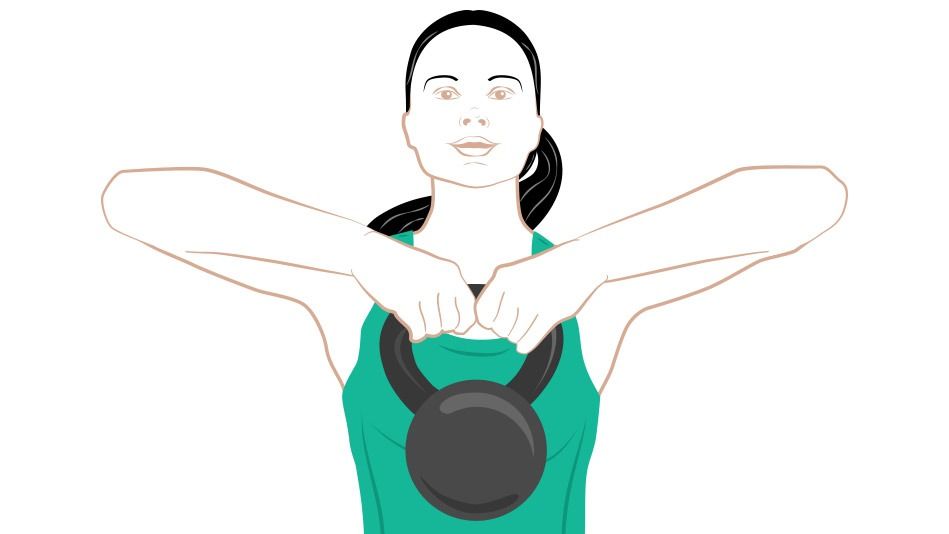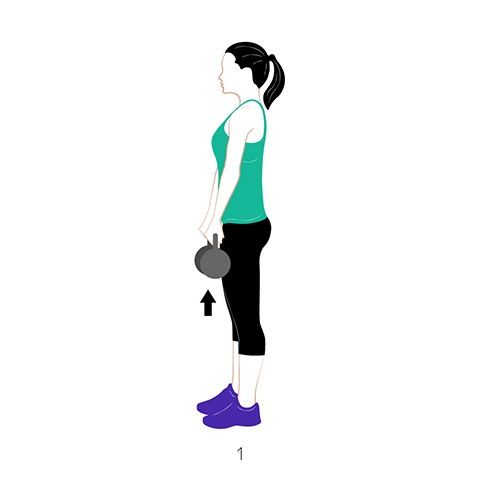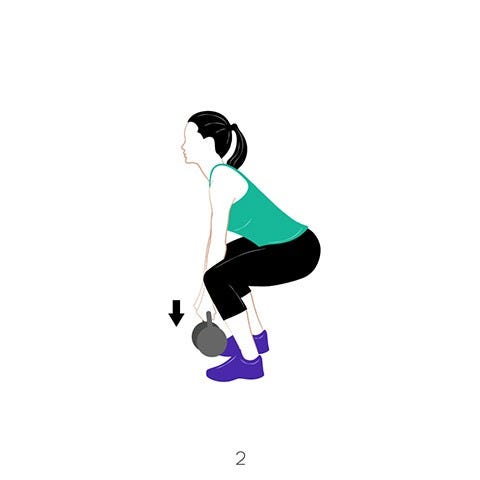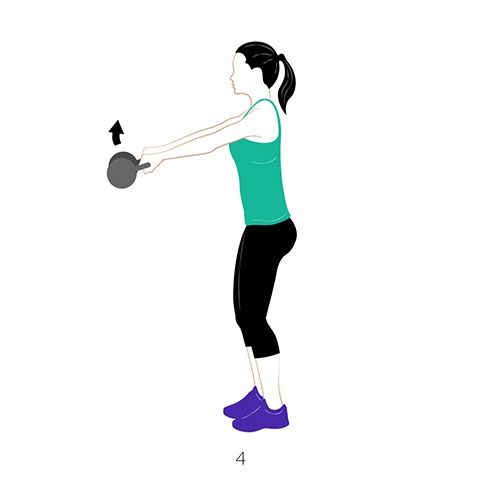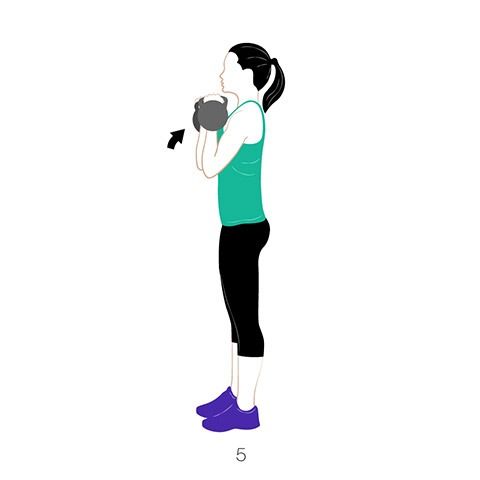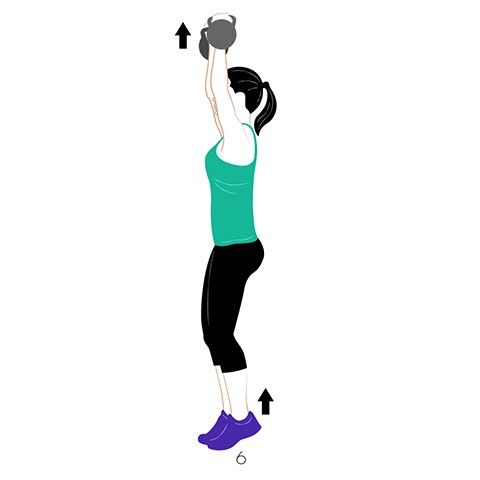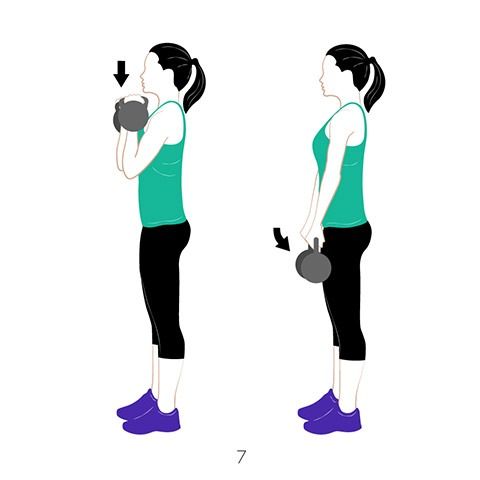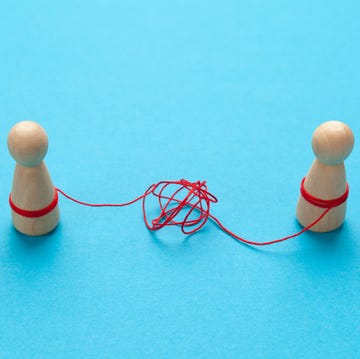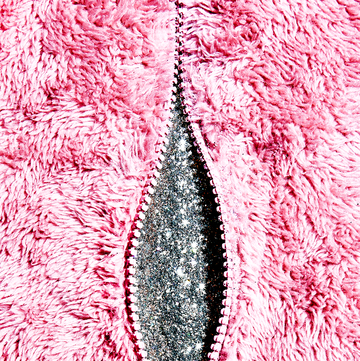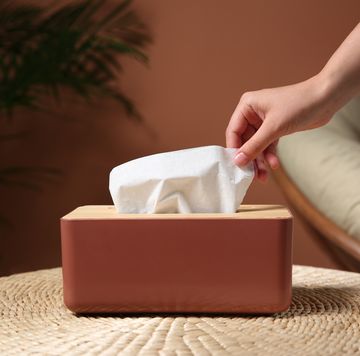Before we go over the moves, let’s go over a few things.
What you know: Your bones get weaker as you get older.
What you probably don’t know: Before they get weaker, they get stronger: Up to 90 percent of peak bone mass is acquired by age 18 in girls (age 20 in boys), and bone mass keeps growing until around 30. Once you hit menopause, that’s when you start losing bone mass—rapidly at first, and then at a slower rate. So seizing the opportunity to build your bones during peak growing season (i.e., your 20s) fortifies them against fractures, breaks and a stooped posture, says Sabrina Strickland, MD, an orthopedic surgeon at New York’s Hospital for Special Surgery. If you’re over 30, it’s not too late: you can still protect your already fully grown bones against thinning.
More From Oprah Daily

What you know: Exercise builds bone mass.
What you probably don’t know: The best bone workouts meet certain criteria, says Wendy Kohrt, PhD, professor of medicine at University of Colorado at Denver, who studies how exercise affects bone density. They must be high-intensity enough to generate a maximum stress on the skeleton, dynamic enough to generate the signal to the cells to grow more bones, and put unique demands on the skeleton that require it to adapt.
What you know: Weights are good.
What you probably don’t know: Kettlebells can be even better. You can use them to perform moves that meet all of Kohrt’s bone-building criteria. The ultimate bone-building move: the double kettlebell clean and jerk. It combines full-body pulling and pushing movements to strengthen different muscle groups simultaneously, says Steve Cotter, the director of the International Kettlebell & Fitness Federation and a certified strength and conditioning professional. The “clean” part of the move covers the glutes, back, hamstrings, and hands, while the “jerk” develops the legs, shoulders, triceps, and upper back.
The Moves
1. Pick up two kettlebells, one in each hand. (Start with 8-pound weights and progress to 15- to 20-pound weights.)
2. Bend your knees slightly and hinge forward at the hips while ensuring your back remains flat. Let the kettlebells hang in between your legs.
3. Swing the kettlebells gently between your legs to gather a little momentum.
4. In one fluid motion, stand up and swing the kettlebells out, up, and in toward your chest.
5. Pause with your elbows bent and your fists facing each other near your clavicle.
6. Bend your knees slightly and explode up on the balls of your feet, simultaneously extending your arms toward the ceiling and pressing the kettlebells up into the air.*
*Note: There’s no jumping involved, because landing while holding a heavy weight can be tough on your knees, Cotter says. You will get the same kind of explosive blast-off by pushing up on your toes (your heels leave the ground). In fact, Cotter says he uses this move with basketball and volleyball players to help them improve their jump height. (On non-kettlebell days, you could do jump-squats, which have similar benefits for your bones.)
7. Do these in sets of 10. Cotter recommends starting with three sets and working up to five. (Rest for 1 to 2 minutes between each set.)
